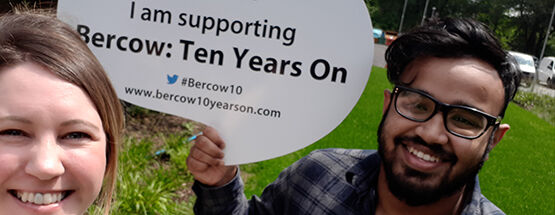Speech, Language and Communication Needs (SLCN) is an umbrella term which can describe difficulties in one or more areas. It is estimated that 10 per cent of children and young people have some form of SLCN.
What are Speech, Language and Communication Needs (SLCN)?
SLCN is an umbrella term which can describe difficulties in one or more areas, including:
- Receptive language (understanding what others say)
- Expressive language (selecting and joining words together in the correct order to convey meaning)
- Social communication and pragmatics (interacting with others, including turn-taking and interpreting facial expressions and body language)
- Speech (using speech sounds accurately and in the right places)
- Fluency (the flow and rhythm of speech)
- Voice (quality of voice)
How many people have SLCN?
It is estimated that 10 per cent of children and young people have some form of speech, language and communication need (SLCN) - that equates to 2-3 in every classroom.
Why does it matter?
SLCN are often an 'invisible disability', resulting in children and young people being misunderstood by those around them. In the long-term, research has linked SLCN to poorer employment prospects, lower educational attainment and mental health difficulties. It is therefore essential that children and young people have access to the specialist support and resources needed, so that they can reach their full potential now and in the future.
Real life
These videos explain what SLCN are like from the perspective of children and young people:






